In its latest interest rate announcement, the Bank of Canada has chosen to hold the overnight rate steady at 2.75%, with the Bank Rate set at 3.00% and the deposit rate at 2.70%.
This decision comes amid significant shifts in U.S. trade policy and growing uncertainty surrounding tariffs, which have collectively dampened global and domestic economic growth prospects while increasing inflation expectations. The April Monetary Policy Report (MPR) addresses this uncertainty by outlining two possible scenarios for U.S. trade policy moving forward.
In the first scenario, trade uncertainty remains high but tariffs are limited in scope. Under these conditions, Canadian economic growth is expected to weaken temporarily, while inflation holds close to the 2% target.
In the second scenario, a prolonged trade war drives the Canadian economy into recession this year, with inflation projected to rise temporarily above 3% in 2026.
The Bank notes that various trade policy outcomes are possible, and the level of uncertainty—both in terms of potential scenarios and their outcomes—is unusually high due to the rapid and unprecedented shifts in U.S. trade policy.
Globally, economic growth was solid at the end of 2024, and inflation had been easing towards central bank targets. However, rising trade tensions have since weighed heavily on the outlook. In the United States, signs of economic slowing have emerged amid elevated policy uncertainty and declining market sentiment. Inflation expectations have also risen. Meanwhile, euro area growth has been modest in early 2025, particularly impacted by a sluggish manufacturing sector. In China, the economy ended 2024 strong but has shown signs of slowing more recently.
Financial markets have experienced significant volatility due to ongoing tariff announcements, delays, and persistent threats of escalation. This turbulence has only added to existing uncertainty. Since January, oil prices have dropped significantly, driven largely by downgraded global growth expectations. The Canadian dollar has appreciated recently, primarily due to a broader weakening of the U.S. dollar.
Domestically, Canada’s economy is also feeling the impact. Tariff-related uncertainty has eroded both consumer and business confidence, contributing to weakness in consumer spending, residential investment, and business capital expenditures in the first quarter. The labour market recovery has also been disrupted, with a reported decline in employment in March and indications from businesses that hiring will slow. Wage growth is showing continued signs of moderation.
Inflation measured at 2.3% in March, slightly lower than February, but still up from 1.8% in January. This increase is largely attributed to a rebound in goods prices and the conclusion of the temporary GST/HST suspension. Looking ahead, the removal of the consumer carbon tax in April is expected to suppress CPI inflation over the next year. Additionally, lower global oil prices will exert downward pressure on inflation. However, tariffs and supply chain disruptions could push certain prices higher. The extent of this impact will depend on how tariffs evolve and how quickly businesses pass increased costs onto consumers. While short-term inflation expectations have risen, long-term expectations remain relatively unchanged.
The Bank’s Governing Council will continue to evaluate both the downward pressures on inflation arising from a slowing economy and the upward pressures caused by higher input costs. The primary focus remains on maintaining price stability and ensuring Canadians retain confidence in the central bank’s ability to manage inflation.
As we navigate this period of heightened global volatility, the Bank of Canada is proceeding cautiously, paying close attention to a range of economic risks. These include:
The potential reduction in demand for Canadian exports due to higher tariffs,
The possible knock-on effects on business investment, employment, and household spending,
The speed and extent to which businesses pass increased costs to consumers, and
The evolution of inflation expectations.
While monetary policy cannot directly resolve trade uncertainty, it plays a crucial role in safeguarding price stability and supporting economic resilience during challenging times.
Source: bankofcanada.ca

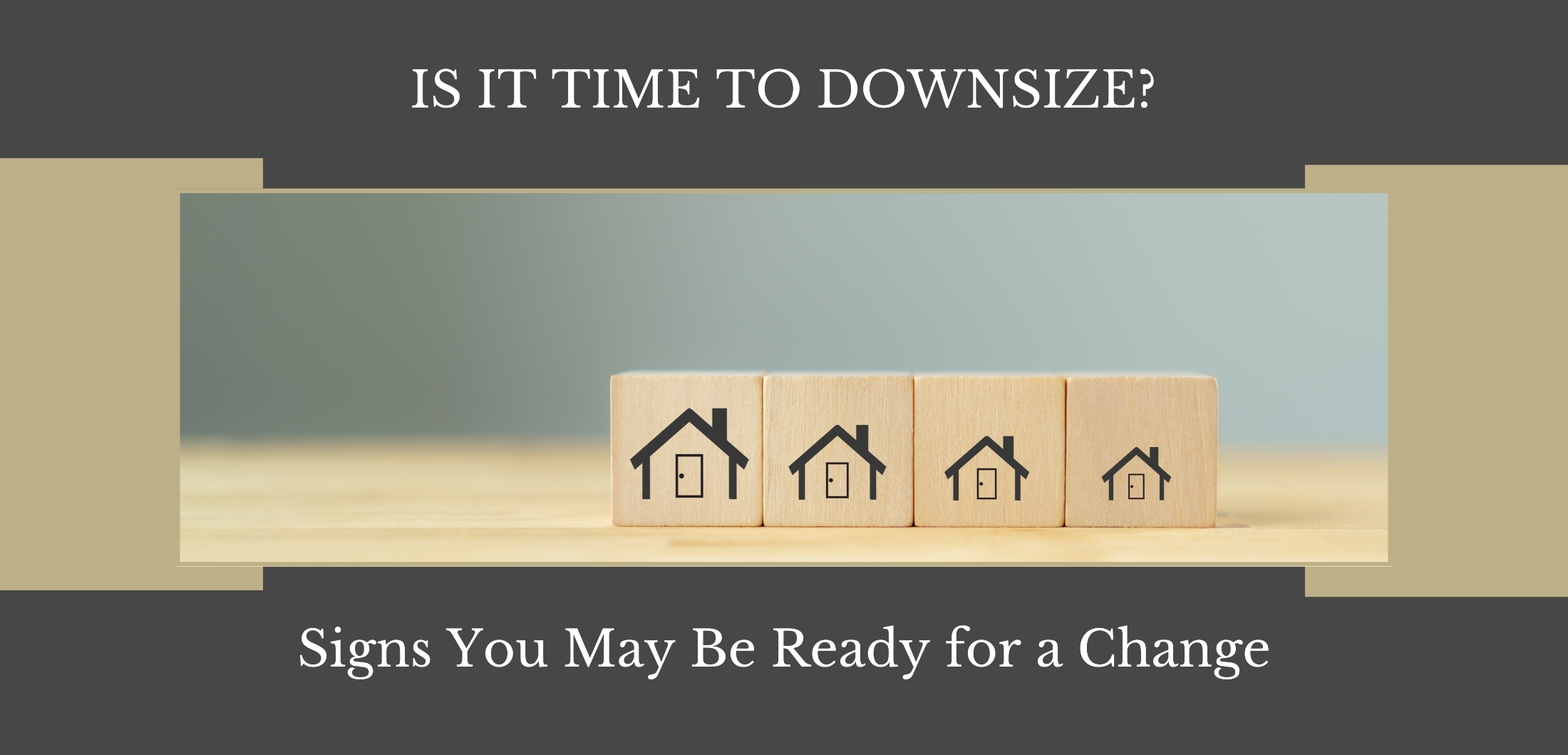
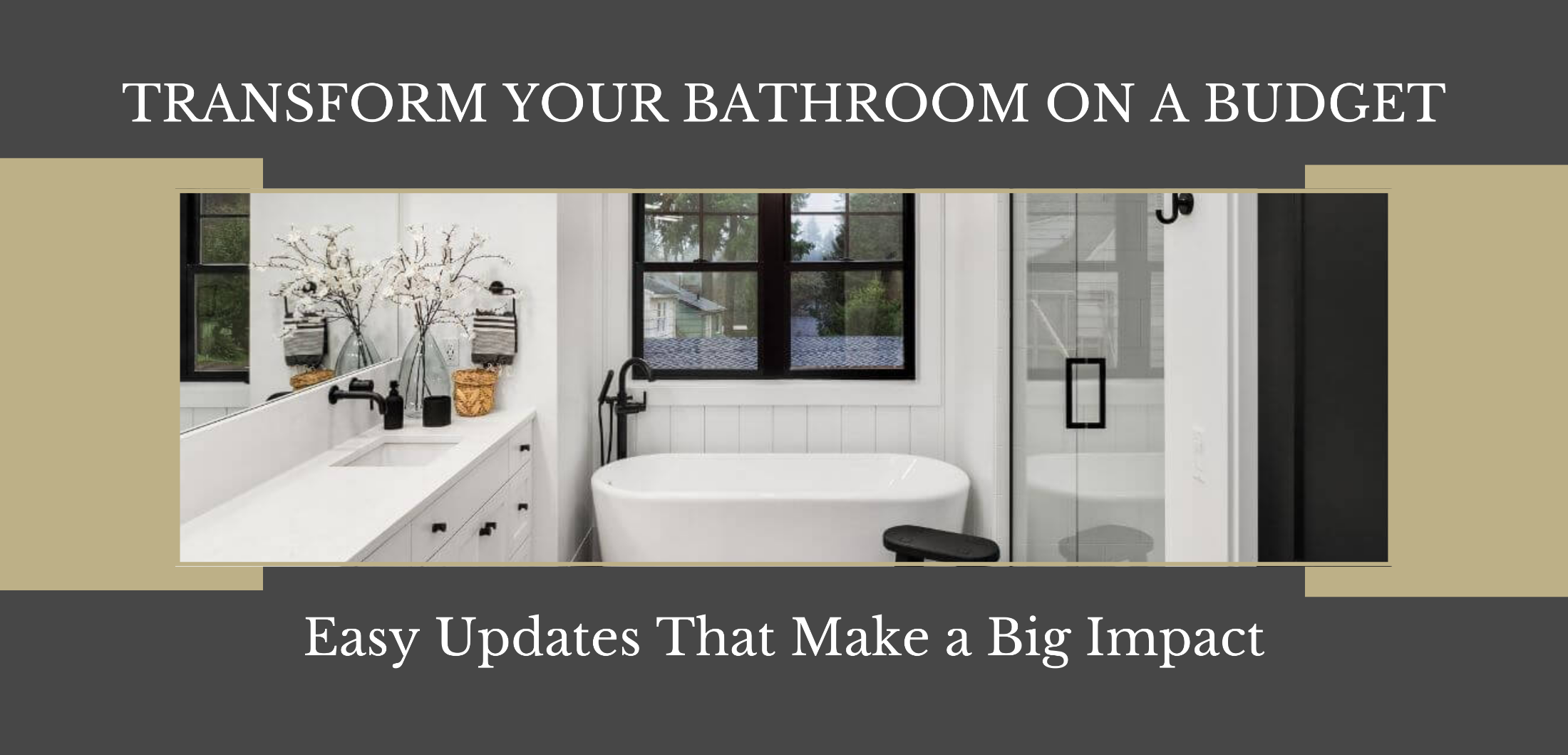



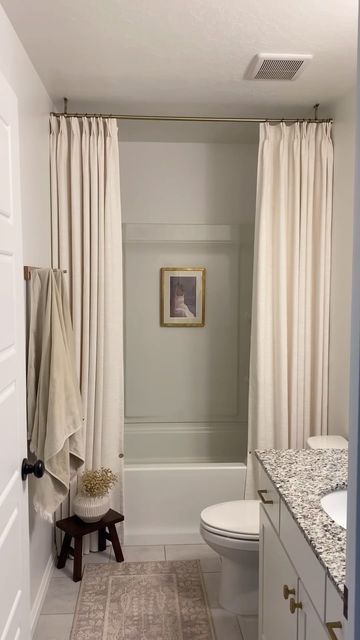
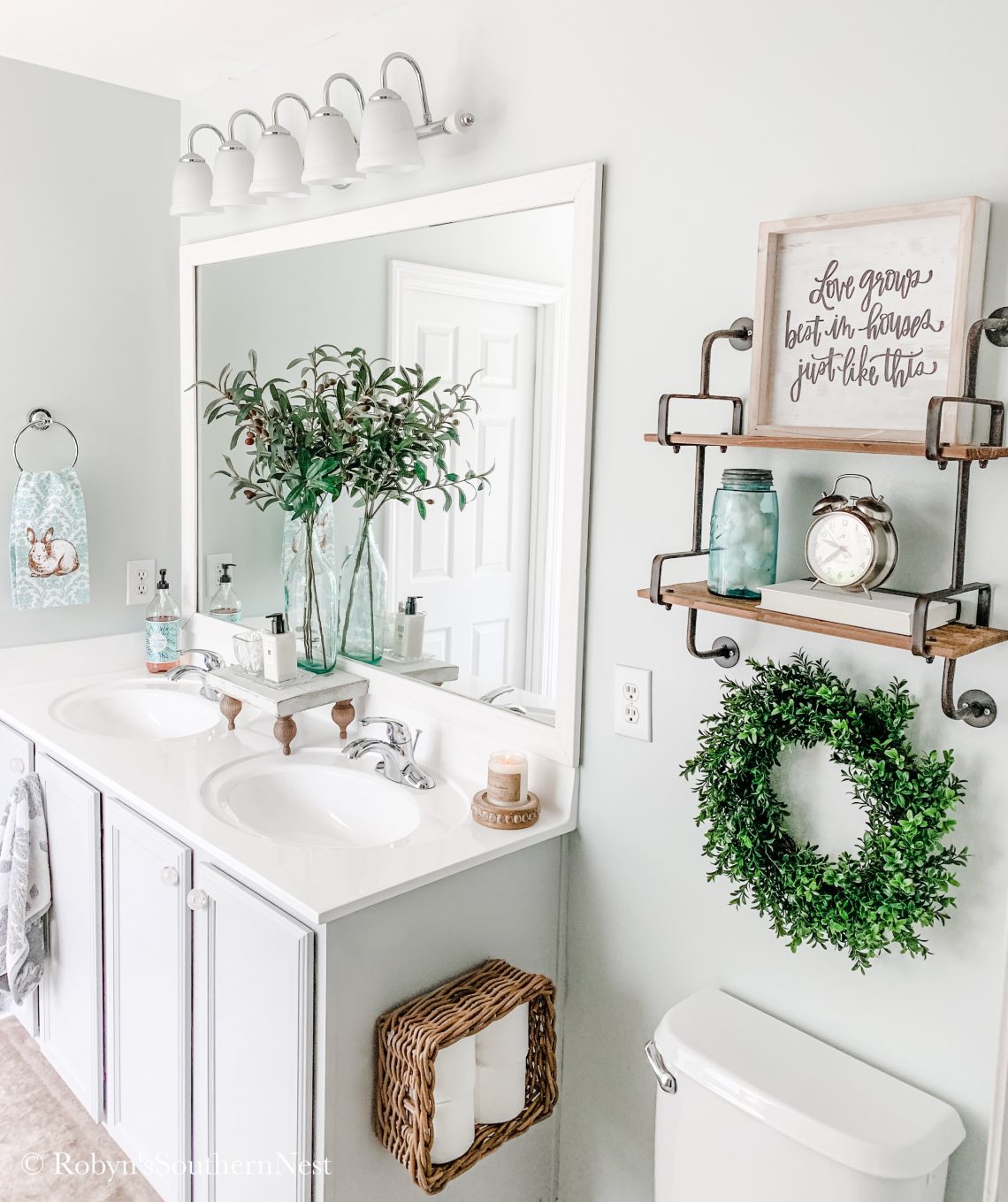
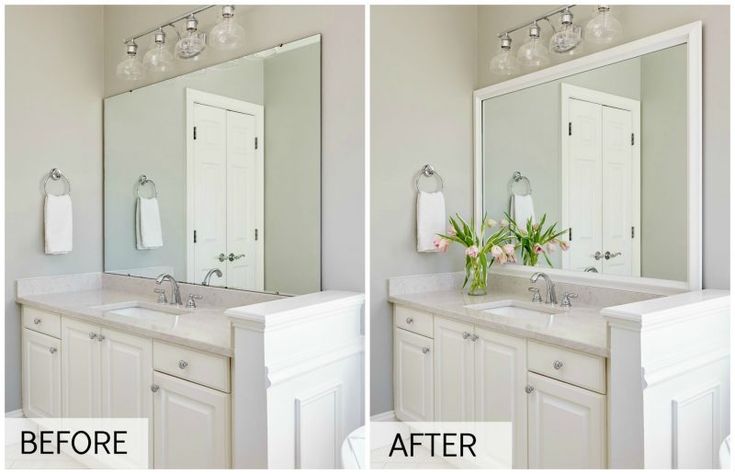











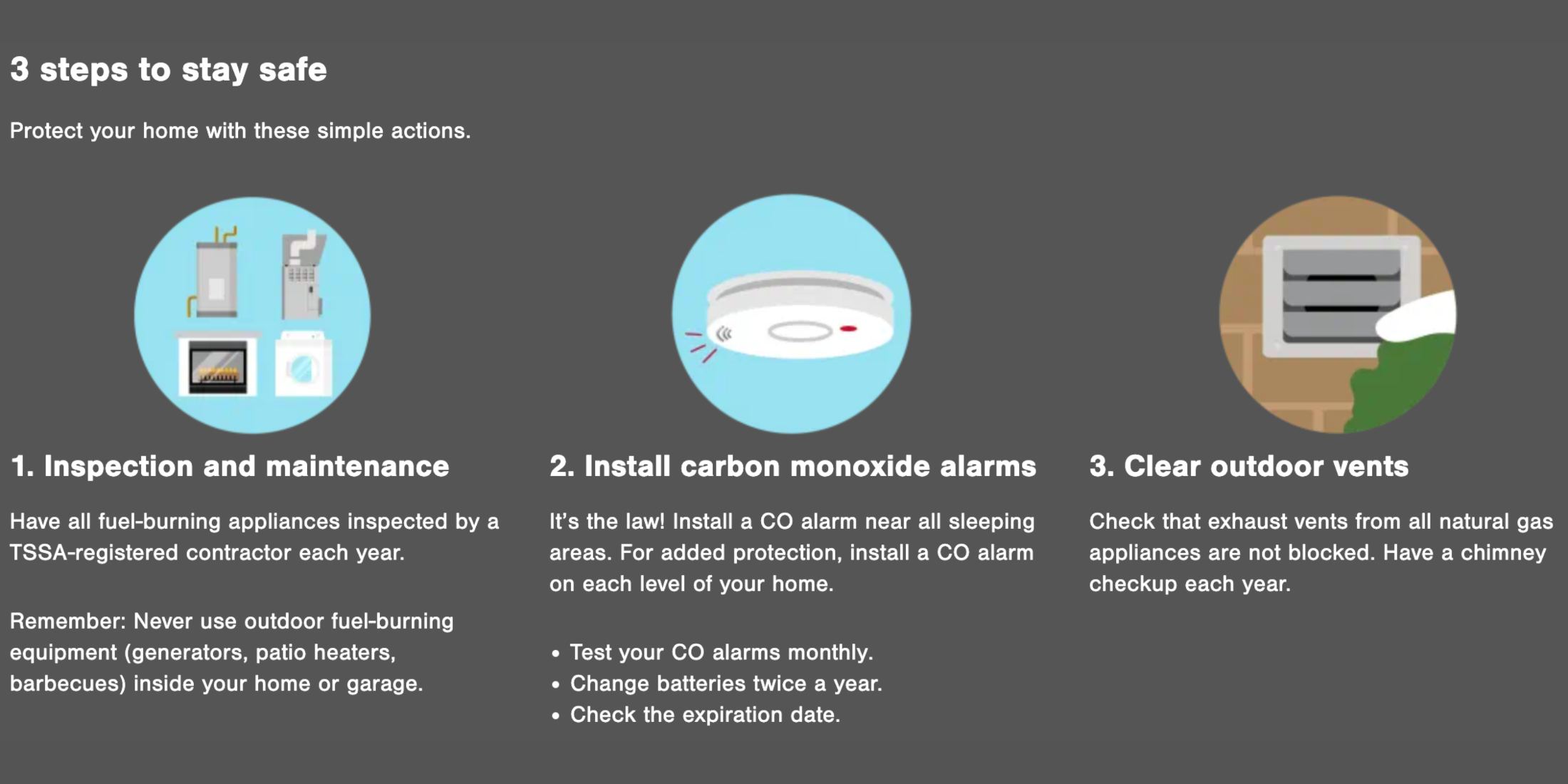






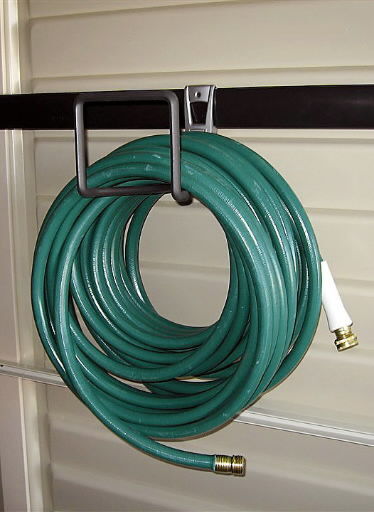





.png)
